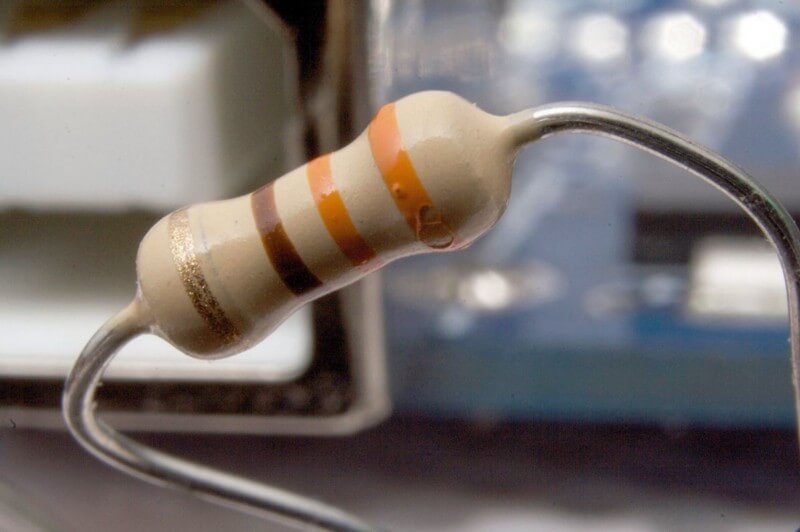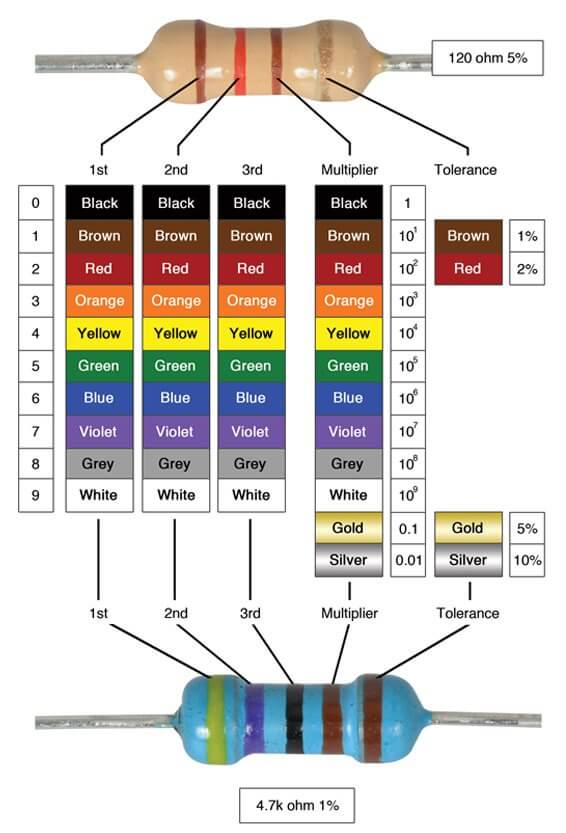Introduction
Understanding the basics of electronics is like embarking on a fascinating journey through the world of circuits, and at the heart of it lies a component known as a resistor. So, what exactly is a resistor? In simple terms, it’s a crucial electronic component that limits the flow of electric current. If you’re a beginner in electronics, this guide is tailored just for you.
Types of Resistors
A. Fixed Resistors
These resistors have a set value and are commonly found in electronic devices. They play a key role in maintaining specific voltage levels.
B. Variable Resistors
As the name suggests, these resistors allow you to adjust the resistance manually. They are handy in applications where precise control over the current is necessary.
C. Common Materials Used
Resistors can be made from various materials like carbon, metal, and even ceramics. Each material has its own set of advantages, impacting the resistor’s performance.
Understanding Resistor Values
A. Color Coding
Ever wondered about those colorful bands on resistors? They convey important information about the resistor’s value through a color-coded system.
B. Resistance Calculations
Delve into the simple mathematical calculations that help determine the resistance of a resistor based on its color bands.
C. Tolerance and Its Significance
Learn about tolerance and why it’s crucial when working with resistors. It ensures the actual resistance doesn’t deviate significantly from the stated value.
Resistor Applications
A. In Electronic Circuits
Explore how resistors are integral components in various electronic circuits, contributing to the overall functionality of devices.
B. Voltage and Current Control
Discover how resistors are used to control voltage and current, preventing electrical components from receiving too much power.
C. Heat Dissipation
Understand the role of resistors in dissipating excess heat, ensuring the electronic components operate within their safe temperature range.

Check out Resistor Color Coding: The beginner’s Guide here.
How to Read Resistor Codes
Below is the self-explanatory image. You can calculate the resistance of the resistor using this formula:

What is Resistance?
- Resistance is the property of the resistor to oppose the flow of the current.
- Generally, materials are divided into two types: conductors and insulators.
- Conductors allow the current to flow through them because they have free electrons.
- Insulators do not have electrons, and they oppose the free movement of electrons in them. This opposing force is resistance.
- Different types of resistors are made with different compositions.
Resistor Symbols

Generally, there are two standards that are used to denote the symbol of a resistor: the Electrical and Electronics Engineers (IEEE) and International Electro-Technical Commissions (IEC) as shown in the above image.
Choosing the Right Resistor
A. Matching Resistance to Application
Discover the art of selecting the right resistor for your specific application, ensuring optimal performance.
B. Considering Power Ratings
Understand the importance of choosing resistors with power ratings that align with the demands of your electronic projects.
C. Consultation with Datasheets
Learn how to utilize datasheets as valuable resources when selecting resistors and gaining insights into their specifications.
Common Mistakes in Using Resistors
A. Incorrect Value Selection
Avoid the pitfalls of choosing the wrong resistor values by understanding the needs of your electronic projects.
B. Ignoring Tolerance
Recognize the significance of tolerance and why overlooking it can lead to undesirable outcomes in your circuits.
C. Overlooking Power Ratings
Grasp the potential consequences of neglecting power ratings and how it can impact the longevity of your resistors.
Future Trends in Resistor Technology
A. Advancements in Materials
Explore the evolving world of resistor materials, from traditional carbon to cutting-edge innovations that enhance performance.
B. Miniaturization
Witness the trend towards smaller, more compact resistors, opening up new possibilities for electronics design.
C. Smart Resistor Technologies
Get a glimpse into the future of resistors, where smart technologies integrate with these components, providing advanced functionalities.
DIY Projects with Resistors
A. LED Circuits
Embark on simple do-it-yourself projects involving resistors, like creating LED circuits for decorative or practical purposes.
B. Voltage Dividers
Explore how to use resistors to create voltage dividers, a fundamental skill in electronics.
C. Basic Amplifier Circuits
Take your skills to the next level by incorporating resistors into basic amplifier circuits and gaining hands-on experience.
Conclusion
In conclusion, this beginner’s guide has laid the foundation for understanding resistors, from their types to practical applications. As you embark on your electronics journey, remember that resistors are not just components; they are the silent heroes that make electronic devices function seamlessly.
FAQs for Resistor
-
What is a resistor?
A resistor is an electronic component that limits or resists the flow of electric current. It is usually a small, cylindrical object with two metal leads or wires coming out of it.
-
What are the units of resistance?
The standard unit of resistance is the ohm (symbol: Ω).
-
What is the color code for resistors?
The color code is a system of colored bands painted on the resistor that indicates its resistance value. The number of bands and their colors depends on the resistance rating of the resistor.
-
What is a tolerance in a resistor?
Tolerance is a measure of how much the actual resistance of a resistor can vary from its stated value. For example, a 10 ohm resistor with a 5% tolerance could have a resistance between 9.5 and 10.5 ohms.
-
What is a variable resistor?
A variable resistor, also known as a potentiometer or trimmer, is a resistor with a third terminal that allows you to adjust its resistance value by turning a knob or screw.
You may interested in:
How to interface Arduino and 7 Segment Display : Beginners Guide
Temperature measurement using Arduino : Beginners Guide